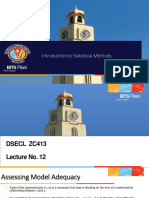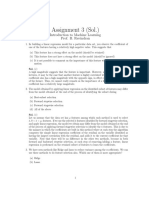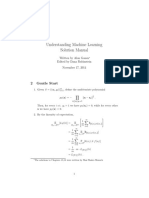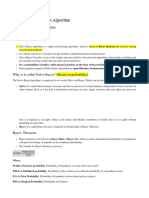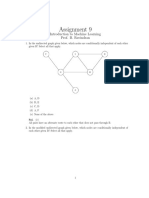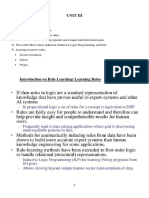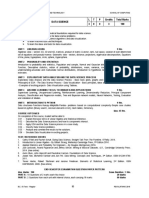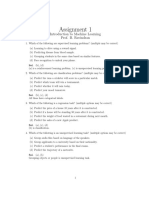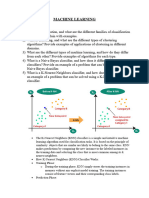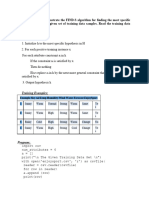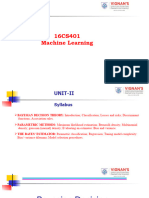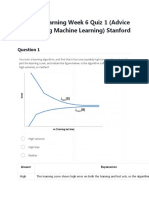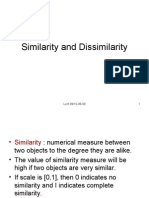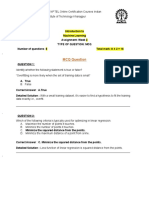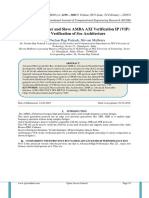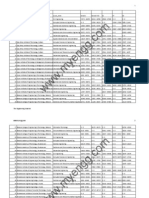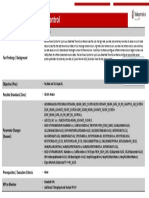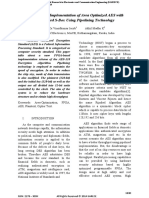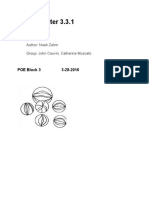0% found this document useful (0 votes)
22 views6 pagesDecision Tree Question
The document contains a series of questions related to decision trees, information gain, error rates, and model performance metrics. It includes calculations for entropy, Gini index, and performance drops in various scenarios. The questions also explore the application of decision tree algorithms like ID3 and VFDT in different contexts.
Uploaded by
dharnamittal07Copyright
© © All Rights Reserved
We take content rights seriously. If you suspect this is your content, claim it here.
Available Formats
Download as PDF, TXT or read online on Scribd
0% found this document useful (0 votes)
22 views6 pagesDecision Tree Question
The document contains a series of questions related to decision trees, information gain, error rates, and model performance metrics. It includes calculations for entropy, Gini index, and performance drops in various scenarios. The questions also explore the application of decision tree algorithms like ID3 and VFDT in different contexts.
Uploaded by
dharnamittal07Copyright
© © All Rights Reserved
We take content rights seriously. If you suspect this is your content, claim it here.
Available Formats
Download as PDF, TXT or read online on Scribd
/ 6


